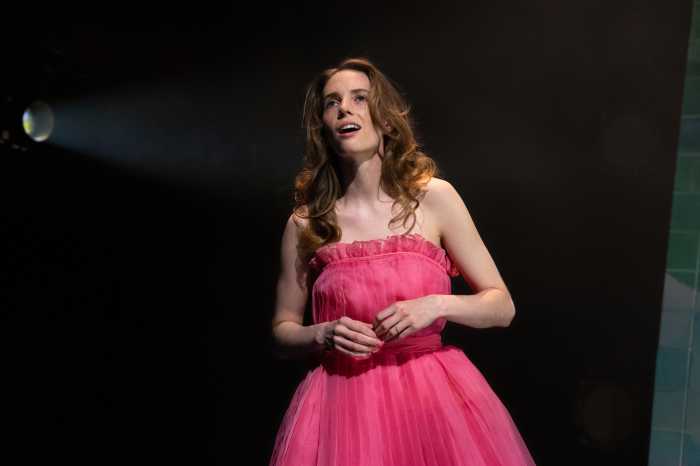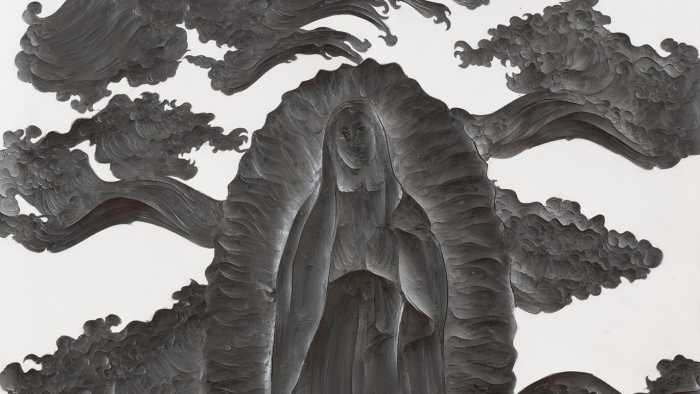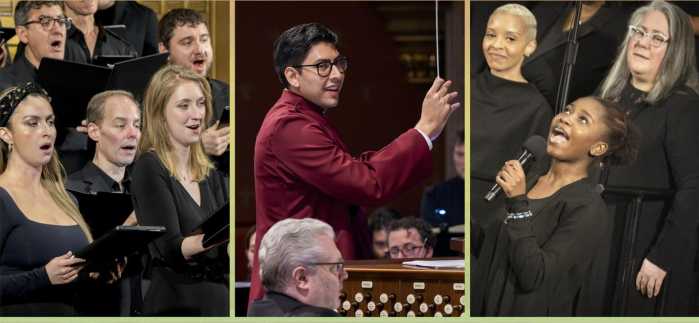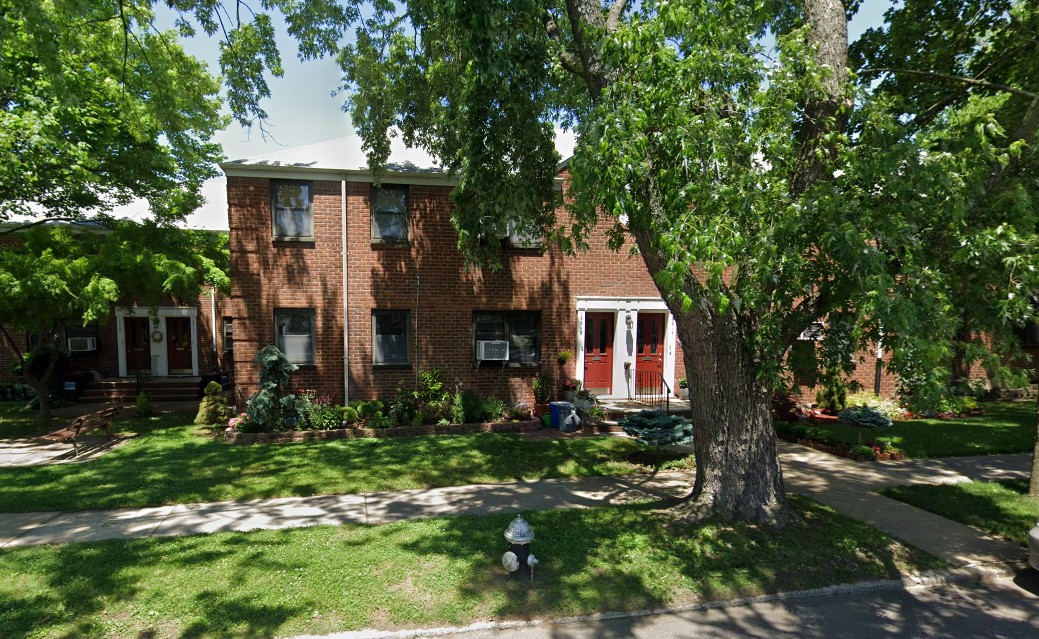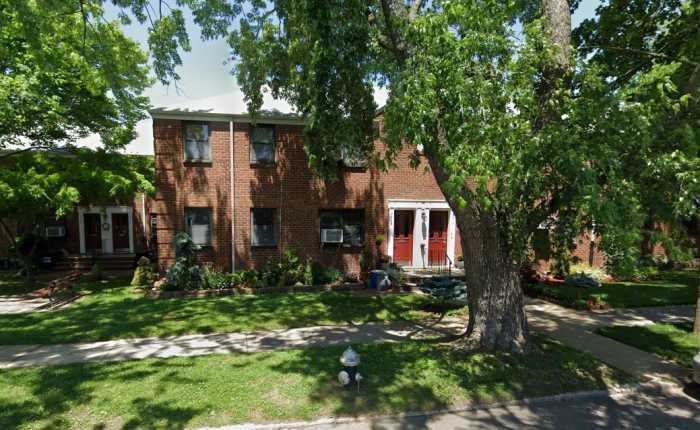“A Doll’s House, Part 2” runs at the Golden Theatre through July 23. 252 W. 45th St., dollshousepart2.com.
It’s apparently never too late to create a sequel — even to a Norwegian domestic drama written more than a century ago.
Lucas Hnath, who had two of his plays (“The Christians,” “Red Speedo”) produced last year by major off-Broadway companies to great acclaim, now makes his Broadway debut with the lightweight but feisty comedy “A Doll’s House, Part 2.” This marks the play’s New York debut following a world premiere just last month on the West Coast.
At the conclusion of Henrik Ibsen’s controversial 1879 drama (which was a major stepping stone in the development of modern dramatic literature at the time), Nora resolves to leave her husband, Torvald, and young children in order to develop her own identity. She exits the house and famously slams the door.
“A Doll’s House, Part 2” picks up 15 years later. Nora (Laurie Metcalf), who has gone on to become a best-selling author, has learned that Torvald (Chris Cooper) never actually filed any divorce papers. Because this can cause financial and legal problems, Nora is forced to finally pay a return visit home, where she reunites with Torvald, the family nanny (Jayne Houdyshell) and her grown-up daughter (Condola Rashad).
The play resembles a 90-minute sketch comedy adapted from an undergraduate essay dissecting Ibsen’s play. The characters debate whether Nora was justified in walking out on her family and how her current dilemma should be resolved (as it will end in hardship and humiliation for either Nora or Torvald) and lecture about women’s rights, traditional gender roles, marriage and free love.
Director Sam Gold (“Fun Home”), who is very much in demand these days, provides a spare production with spirited performances from the four-member cast.
How can anyone have imagined that this play could be a box office success on Broadway? It likely has no appeal beyond those who already know “A Doll’s House” (i.e. Part 1) and want to partake in a critical meditation on it.
As a theater history buff, I found the play interesting, but hardly as engrossing and muscular as Hnath’s work from last season. I look forward to seeing more plays by Hnath — but hopefully not more sequels.



